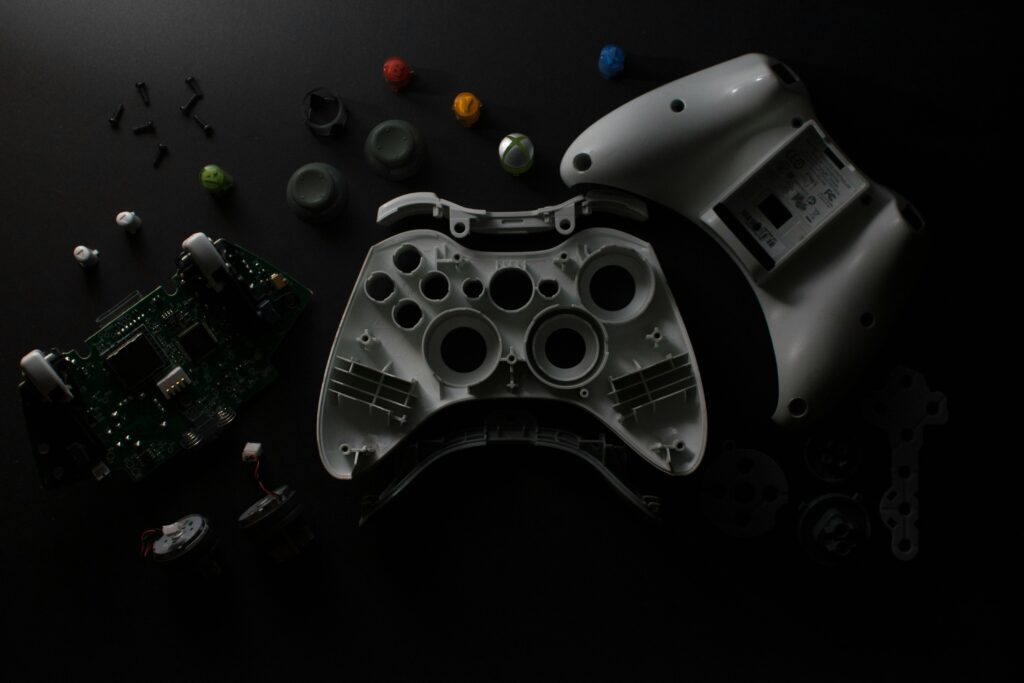Michael Porter, the poster child of strategy in the world gave the world three beautiful tools. First was Porter’s 5 industry forces, second was Porter’s Diamon for national competitiveness and third was Porter’s value chain. Over time, upon further reflection, we think the Porter’s value chain is incomplete and thus has left some value on the table.
We are currently construction a new approach to this value chain, the Polywagon value chain. Basically, it’s a way to understand the value chain through the components that make up a product. Let’s suppose you are a bottling company dealing in bottled water. The product decomposition will look like the plastic bottle (or whatever component in which you package the water), it will have the water itself, it will have the process of treating the water, the process of getting the water (is it from underground or the municipal service), it will have the label on the packaging. It can have many other components, but by so doing one gets down to understanding what is being done about this product.
How is value being created in this product? At what points is the value being created? Where are the sources of competitiveness? Is it in the water extraction? Is it in the bottling? You can always do this process for every product you come across. We call it the Ortega Way of Product Decomposition or Disassembly.
Next time you’re in a supermarket, you can pick up any product and take it through the product decomposition. Let’s suppose it’s one of your favourite beers. The Decomposition starts with the liquid in the bottle, the glass bottle, the crown that covers the bottle and the label. That’s the first high level decomposition. When you go to stage two of decomposition, you see that the liquid is partly water, it’s partly malt or barley, there’s heat/energy in this process, there’s carbon dioxide. We can also do the same for the label and think of the label cylinder, the graphics that go into the label. Same with the glass, we can decompose backwards. Thus, to have that beer in the bottle, over 200 suppliers have been combined to create that one liquid.
Product decomposition is a great eye-opener, it transforms the value chain into a tool that actually enables managers to know their product better, and the processes that surround that product. It’s a much better way than thinking about primary activities and secondary activities, inbound logistics, and outbound logistics as is popular with Porter’s value chain. We shall soon release a visual example of this product decomposition approach to the value chain.
Photo by Nicholas Santoianni on Unsplash

